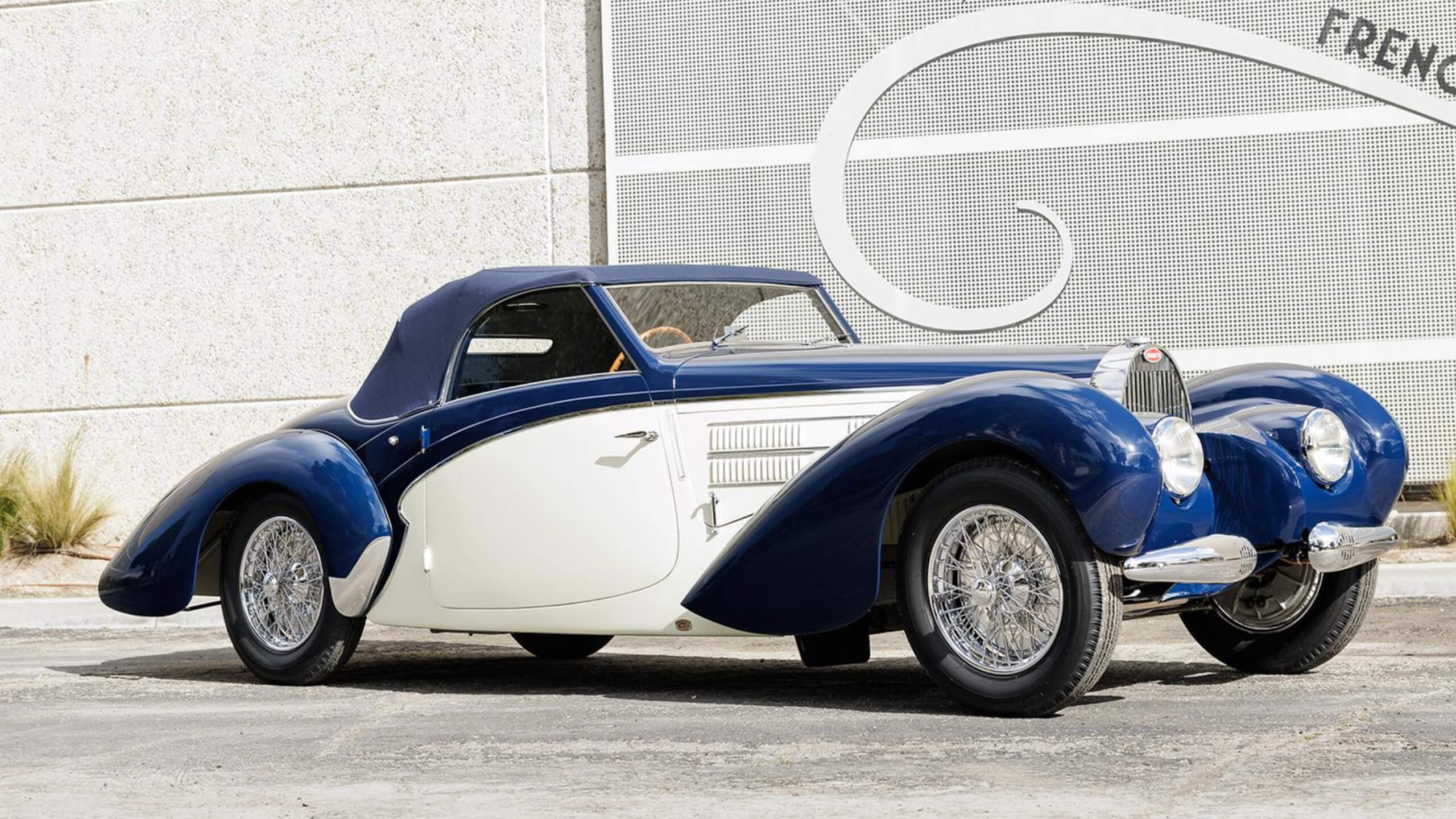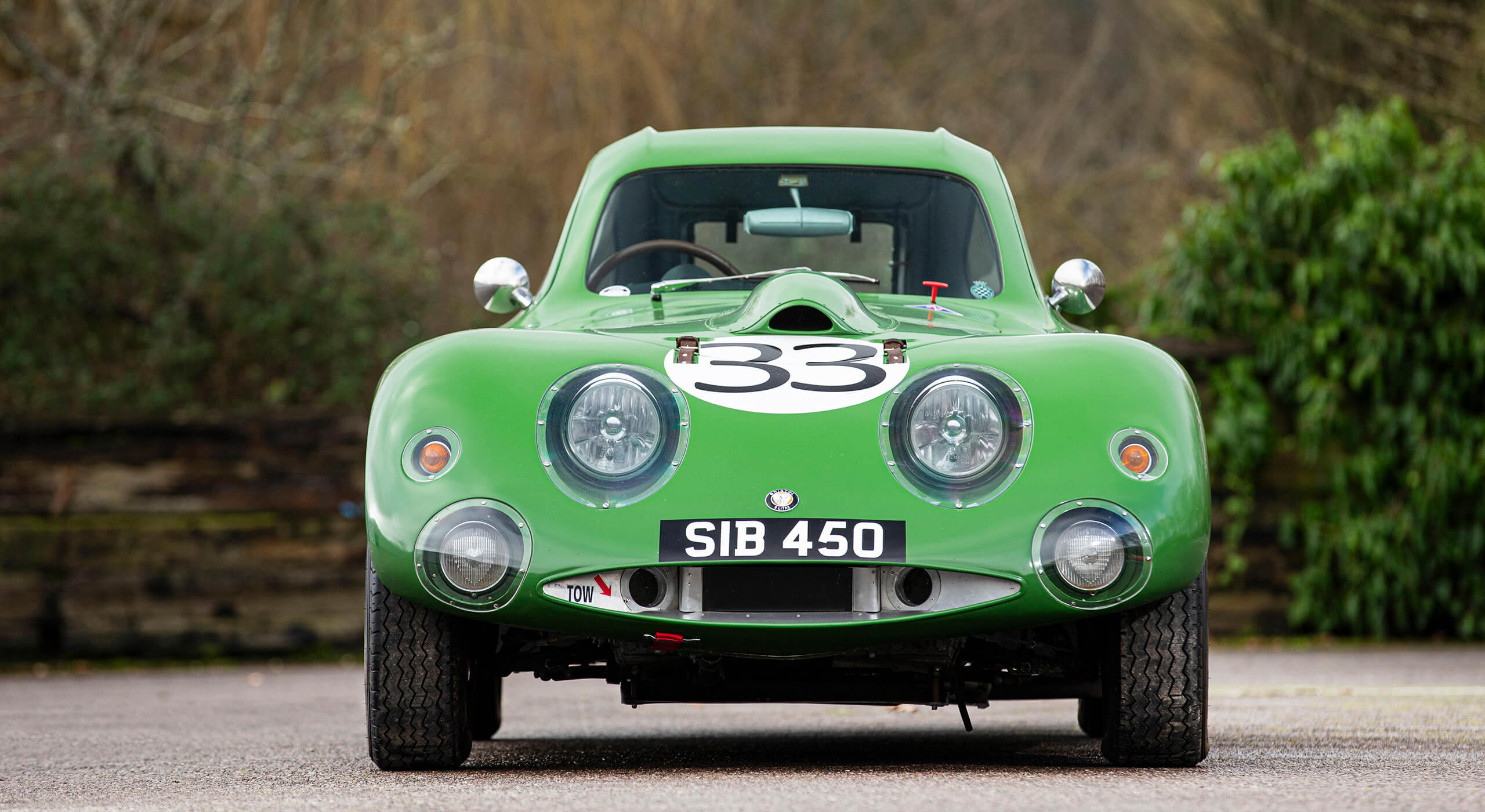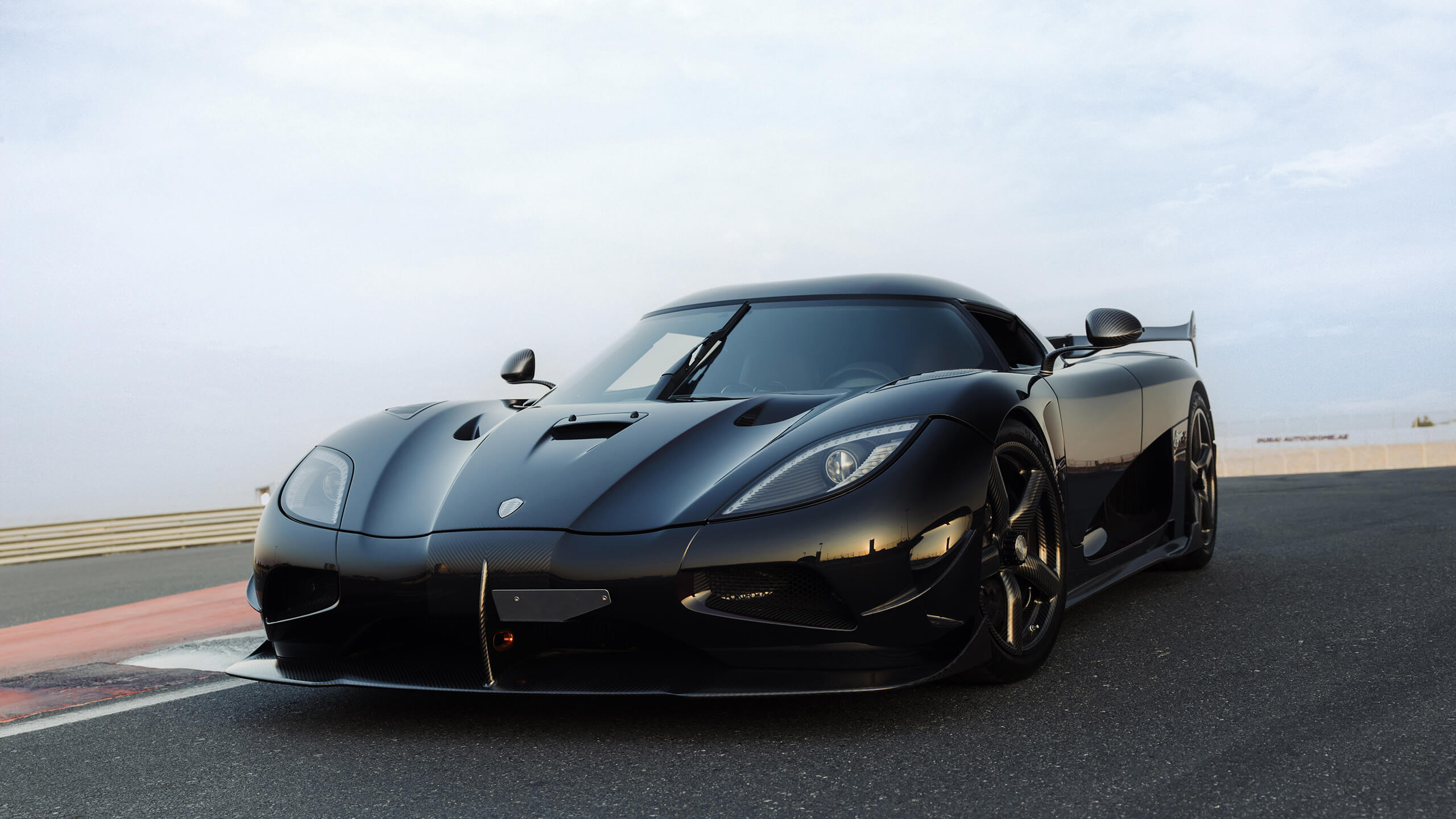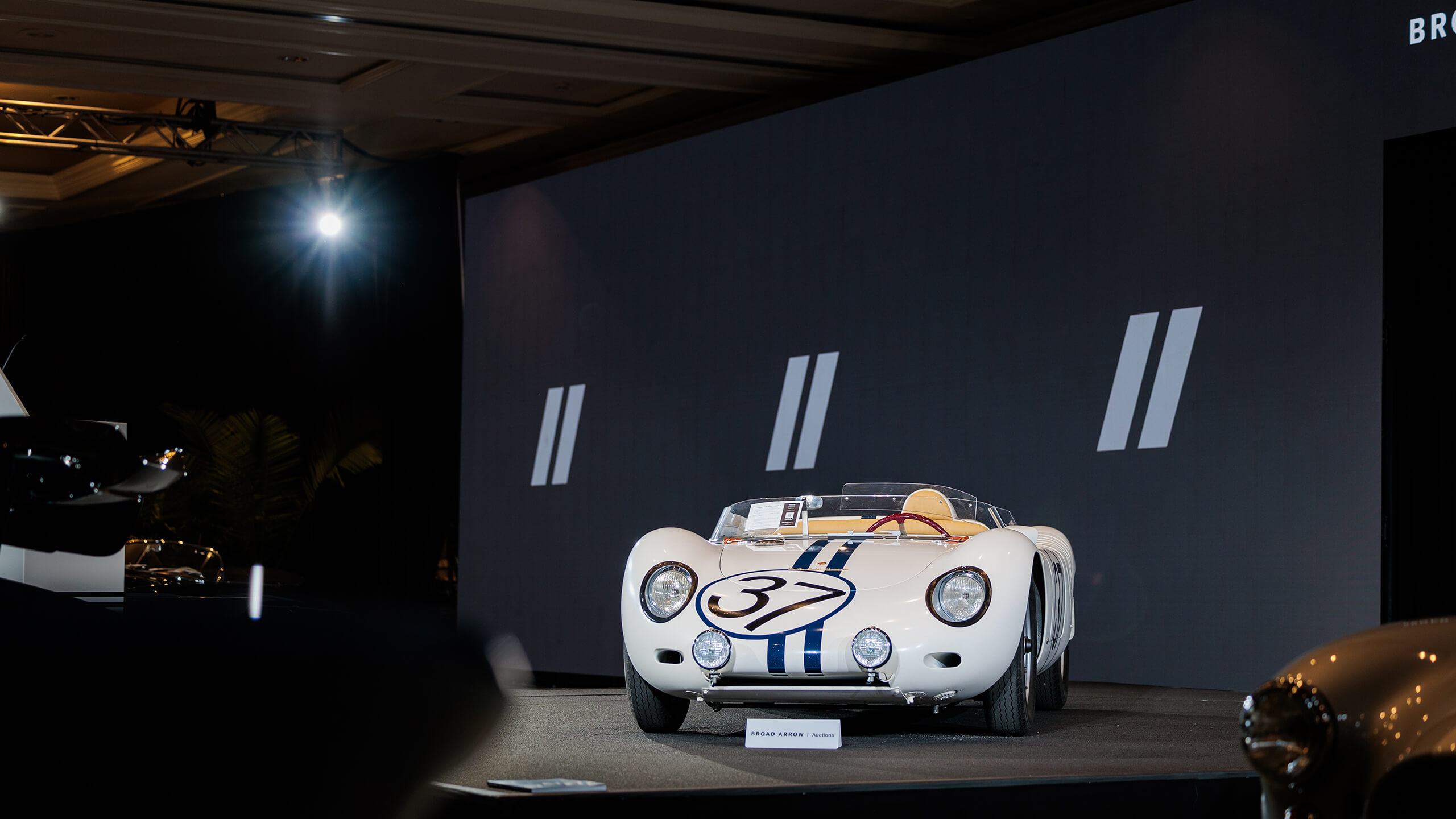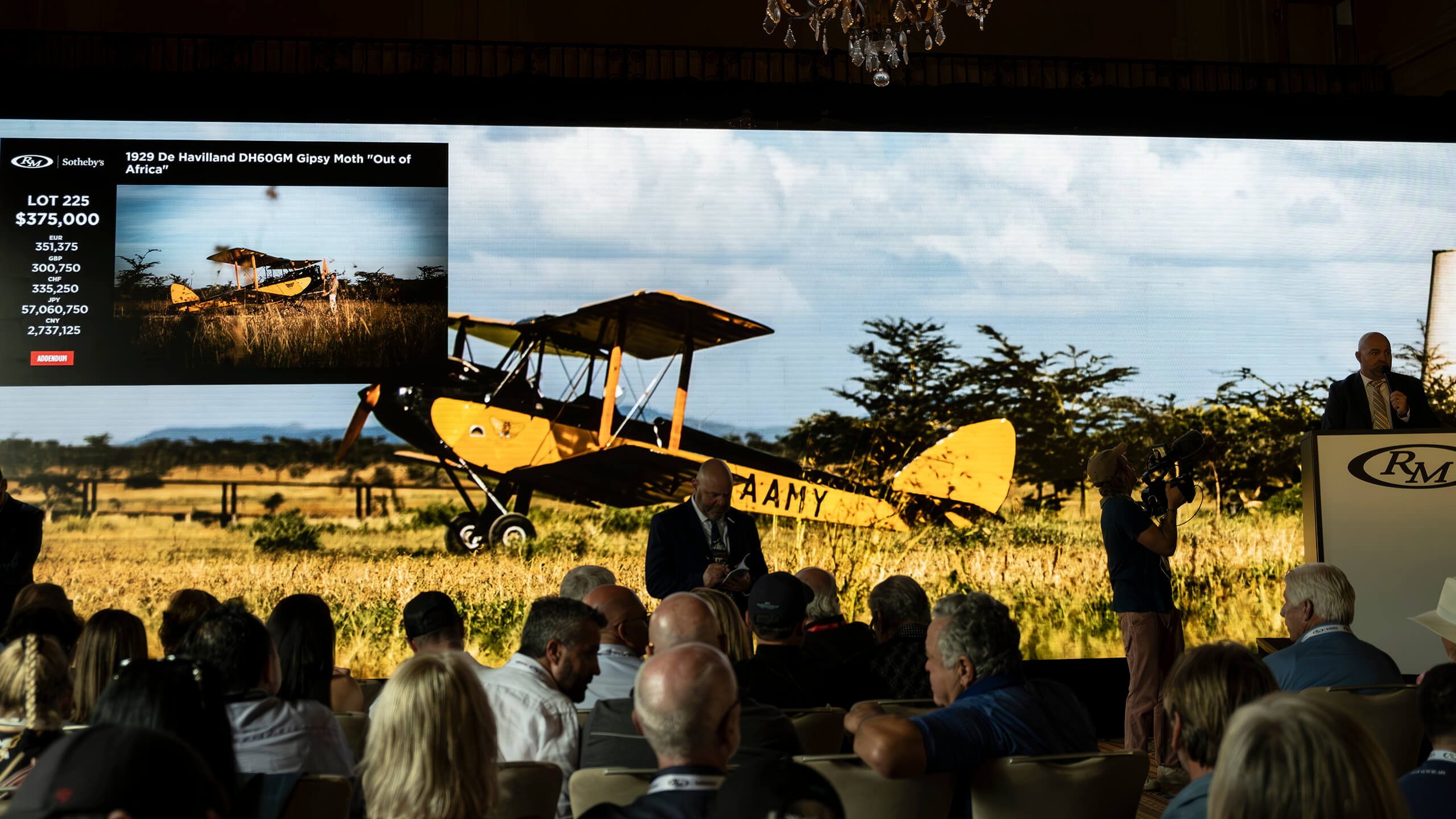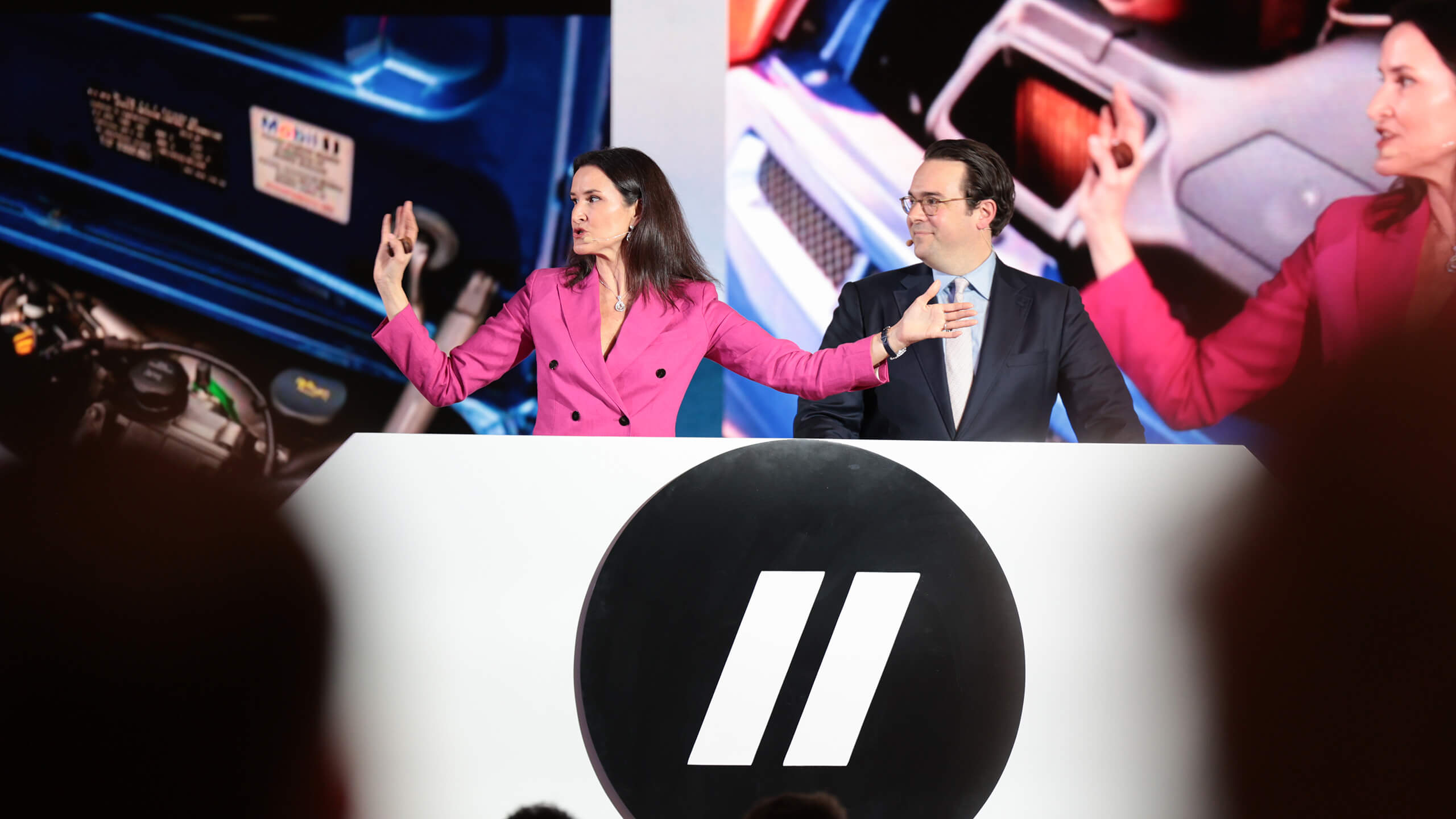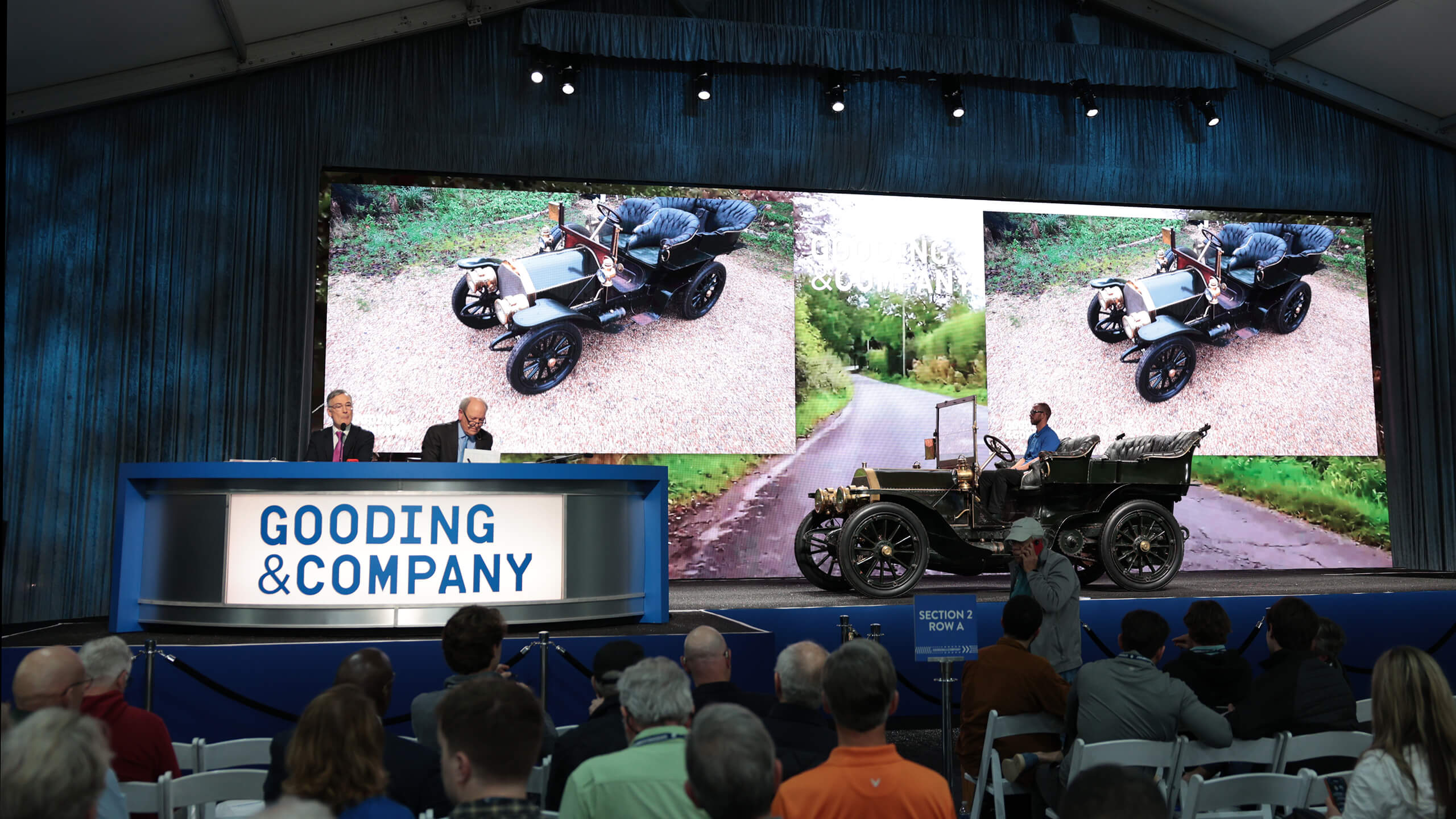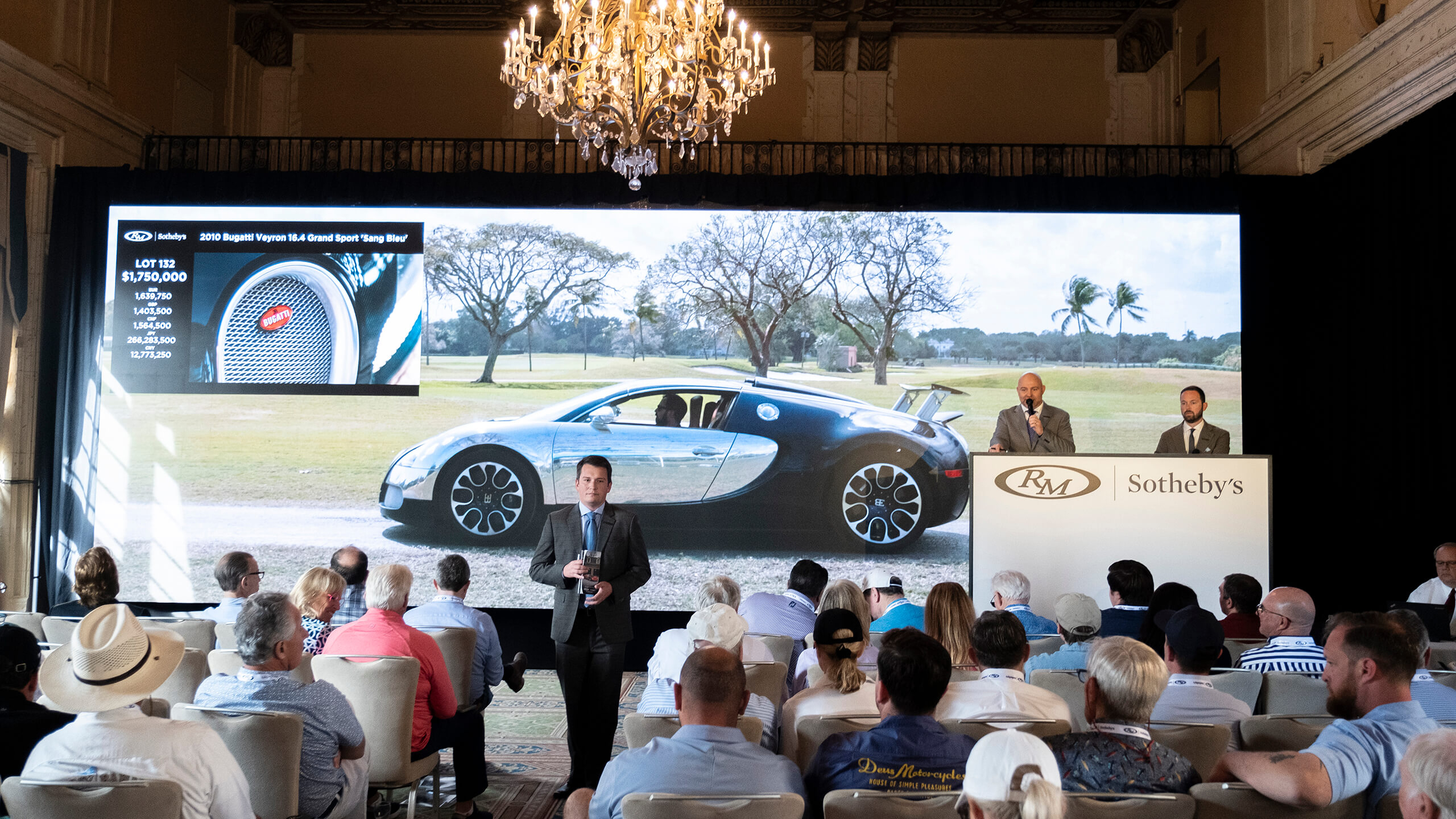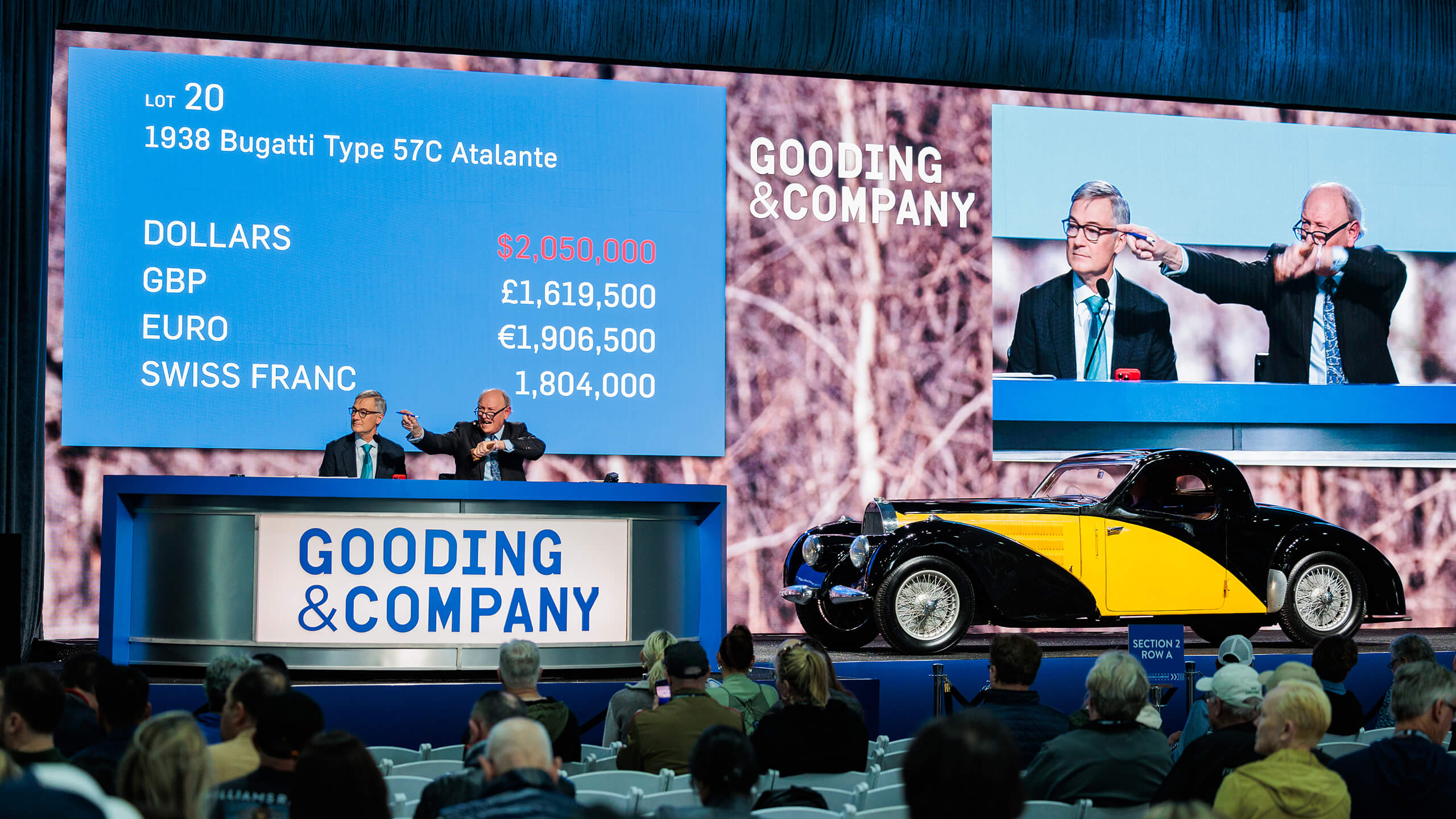Auguri Vespa! 75 years young this year
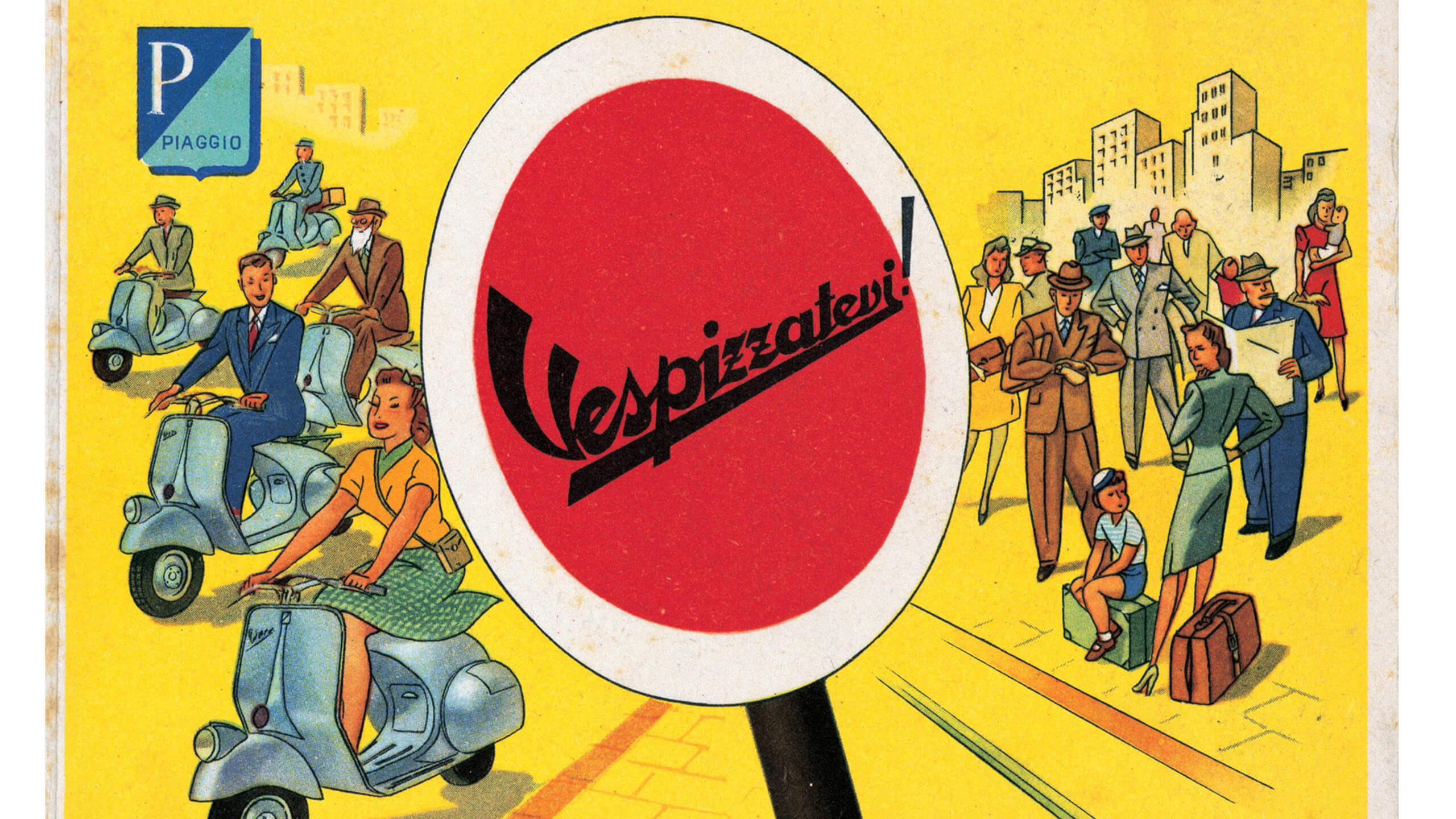
Confirmed Vespista Simon de Burton looks at the history of the famous Italian two-wheeler and reveals a burgeoning demand for aged and original examples, a market that has seen an explosion in values in recent years.
Anyone who chooses to ride a scooter at 106mph must be a few gnocchi short of a picnic, but it was all in a day's work for diminutive Italian speed freak Dino Mazzoncini back in 1952.
Mazzoncini saw complete sense in being shoe-horned face down into a glassfibre tube with a two-stroke motor wailing between his thighs – that way he could rip along the autostrada and claim the world 'flying kilometre' record in what must have been the longest 21.4 seconds of his life.
But perhaps more remarkable is the fact that Mazzoncini's low-flying torpedo was based on a utilitarian machine launched just five years earlier in a bid to get Italy's workforce back on the road so the country's war-ravaged economy could be kick-started into life.

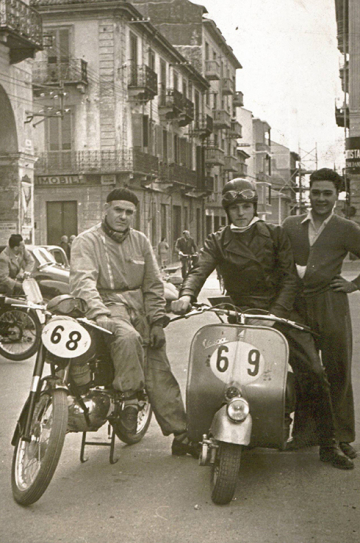
That machine was the Vespa scooter – and April 23 marks 75 years since its design was patented by Enrico Piaggio who had the bright idea of adapting his father Rinaldo's bombed-out aero factories in order to produce cheap transport for the masses.
His idea was to do away with the oil and grime associated with motorcycling by making a runabout with an enclosed engine, no chain and protective bodywork. Engineer Corradino D'Ascanio and designer Mario D'Este came up with the goods, and the prototype Piaggio two-wheeler was given its first airing at the Rome golf club in 1946 – although it was Enrico himself who played the masterstroke by likening the scoot's narrow-waisted appearance to that of a wasp and calling it a 'Vespa'.

What was intended to be a 'revolution on wheels' initially met with a lukewarm reception, but Enrico decreed a run of 2,000 units – and by the time Gregory Peck had thrown his leg over a Vespa while squiring Audrey Hepburn in the 1958 film Roman Holiday, annual sales were topping more than 170,000.
John Wayne, Henry Fonda and Dean Martin were just some of the other Hollywood stars happy to bask in the Italian sun astride Vespas – and Charlton Heston even took a break from filming Ben Hur in ’59 in order to be snapped riding one while wearing a toga.
But in drizzly old Britain, with its paucity of piazzas and where cappuccino was yet to replace a good, strong cup of builder's tea, the streamlined Vespa found its niche in Mod culture as an antidote to the rival Rockers’ dirty, oil-stained Triumphs and Nortons.
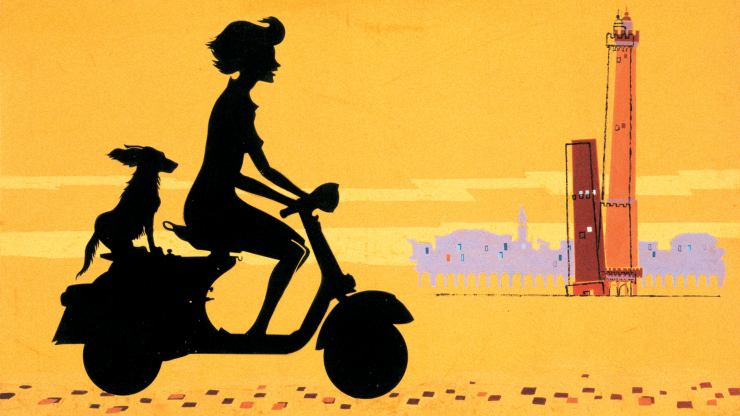
The seaside resorts of Margate and Brighton became as awash with Vespas as Milan and Bologna – and, by the mid ’60s, all of England's sea-front café owners had attuned themselves to the buzz of the engines that signalled potential trouble from the warring factions.
Within a decade, however, enthusiasm for the Vespa began to wane in Britain and Europe as the machine once considered chic, practical and fun no longer seemed quite so cool – leading to thousands of them being abandoned in sheds, garages and barns the length and breadth of the continent.
By 1990, fewer than 170 new Vespas were being sold in the UK each year. And as for second-hand ones – you could hardly give them away.
But with the new millennium seemed to come a road congestion tipping point. Suddenly, many commuters could no longer bear being trapped in traffic and, once more, a Vespa provided a way out.
New models with electric starters, automatic gearboxes and quieter, less fussy four-stroke engines increased the appeal to novice riders and annual production numbers soared to 58,000 in 2004, 100,000 in 2006 and passed the 200,000 mark in 2018 – amounting to 1.8 million new Vespas sold in the past decade alone.
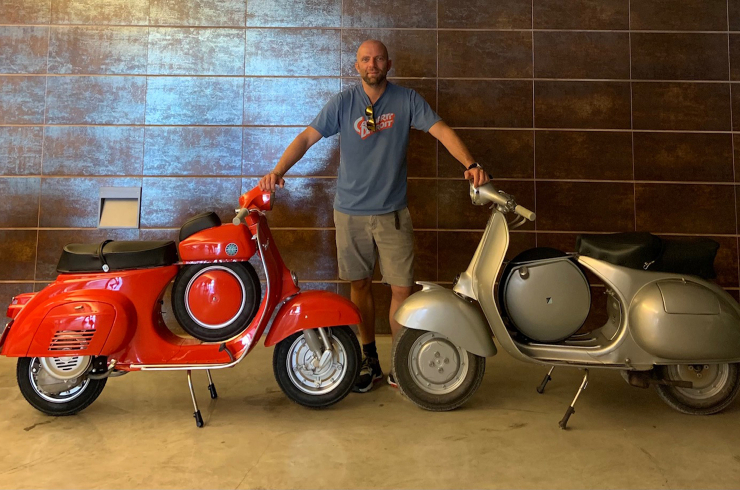
But what about the old ones? The market for those has exploded too, making vintage Vespas a sought-after prize for retro fans the world over.
According to Luca Coriani (pictured, above), it was the Germans who started it all around a decade ago, and now the Asians are getting in on the act.
Coriani, 41, has been buying, selling, riding and restoring Vespas from his Vespazio workshop in Modena, Italy since 2012, during which time he has seen the value of the best 98cc ‘faro basso’ or ‘low light’ versions from the first years of production soar to as much as €100,000. The ‘bacchetta’ or 'rod' models (named after their transmission system and produced from 1948) can fetch up to €30,000.
“Prices have been driven up in the past two or three years by demand from buyers in Indonesia, Thailand and Vietnam,” says Coriani. “Soon, I think Indonesia will probably be the number one market for vintage Vespas – only this morning I shipped six, the majority to Jakarta.”

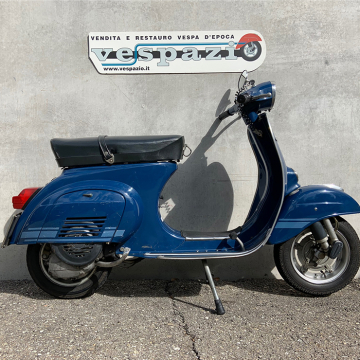
And, he says, it's unrestored machines replete with rust and faded paintwork that buyers are clamouring for.
“It was the Germans who wanted patina Vespas first, and now the craze has spread around the world,” explains Coriani. “People are perfectly happy to accept scratches, rust and faded paint – what they want is originality. The correct colours, lights, speedometer, wheels. All the parts that were on the Vespa when it left the factory.”
To feed buyers' hunger for authenticity, Coriani specialises in finding completely original Vespas, stripping them down and rebuilding them to be mechanically perfect but with patina intact.
“The most popular vintage Vespa in Italy is the 125cc ET3 Primavera (above, right),” says Coriani. “They are being bought by people who owned them when they were 16 years of age during the mid 1970s and regret getting rid of them. And now they are middle-aged and have money, they don't mind paying to get them back – five years ago, an ET3 was €4,000.


“Now a good one is hard to find for less than €7,500.”
See vespazio.it
Photos courtesy of Vespa and Luca Coriani



